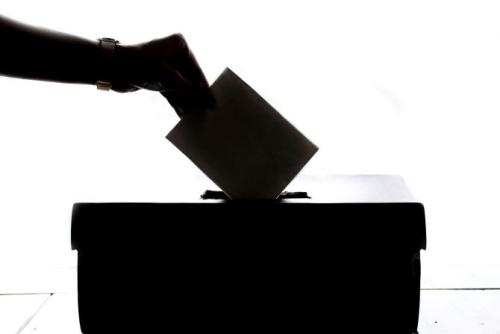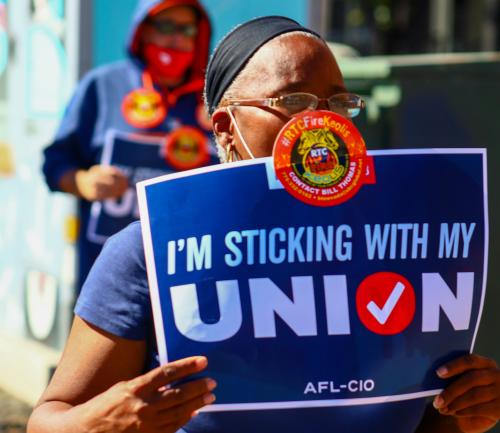Josh Black, editor-in-chief of Activist Insight, shares his insights into how IROs can identify a potential threat, the initial steps they should take to minimize disruption and the preventive measures companies can adopt.
What are the initial signs of an activist threat that IR teams should be looking out for?Stock surveillance experts will offer up examples of unusual trading activity that may suggest an activist is accumulating a position. In truth, every company is a potential target with those most likely to be under scrutiny often at pivotal moments, such as a CEO transition, a bad earnings miss or being engaged in a live M&A.
The first indication that an activist is in a stock could be a regulatory filing, a phone call from the fund manager or a newspaper headline. Equally, it could be questions from a junior analyst at the fund, a private meeting request or a rumor on social media.
What should IROs do if they suspect activist activity is a real threat?
IR teams should certainly keep the C-suite informed if they believe an activist is a shareholder of their company. The involvement of the board may be a question for the CEO or general counsel, unless the activist requests a meeting directly. If appropriate, IR teams may consult with a company’s lawyers or proxy solicitor about the activist’s track record and the likelihood that any demands may become public.
If an activist makes contact, IROs should respect their rights as shareholders in the first instance. It is often advisable to meet with an activist when they are ready to share their perspective on the company.
In your experience, what does the modern-day activist most seek to achieve from their activity?
Most activists are looking to increase shareholder value, which should also be the goal of management and other shareholders. As a common interest, this can lead to mutual agreement on the best way forward for the company. But it can also lead to disagreements if there are different views on the methods and time horizons for delivering on such promises.
In most cases, activists will look to management for an openness to new ideas, a prompt - if not enhanced - focus on execution, and a reasonable timeline for delivering on promises. If any of these is lacking, it could not only encourage an activist to go public but also form part of its case for change.
What initial steps should IROs take to address a confirmed activist attack?
Certainly, the main focus of an IR team in an activist situation will be to take the pulse of the shareholder community, staying vigilant for sympathy toward an activist’s suggestions and ensuring shareholders are getting the company’s side of the story.
Activist engagements are much like elections, even when a proxy contest is not involved. Winning hearts and minds is the primary objective, both for the company as a whole and for the IR team in particular, but the mechanics also matter. Although the latter may not be within the purview of the IR team, they should be aware of how various legal issues influence what the company can achieve.
Indeed, they may also want to keep an ear out for concerns that the company is not treating shareholders fairly, as most institutional investors are keen to have the final say on activist suggestions.
What can issuers do to prevent potential attacks?
Although activists are often thought of as disproportionately powerful, they are frequently catalysts for a variety of forces – economic pressures, peers’ strategies or internal company politics – and are dependent on their fellow shareholders for support.
The growth of passive shareholders has given companies more stable shareholder bases and made them accountable for delivering on their strategies. Engaging with regular shareholders in a forthright manner can often help keep companies on course.








